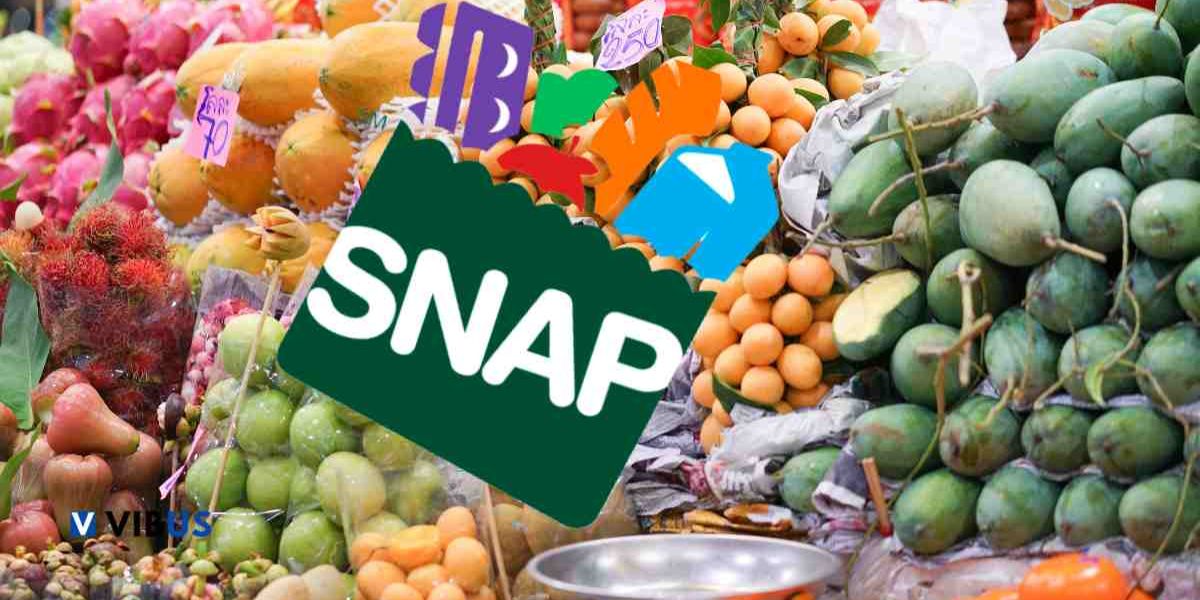SNAP is state-specific and administered by the U.S. Department of Agriculture (USDA), with the Texas Health and Human Services (HHS) in charge of implementing it in that state. Eligible families can buy necessary, nourishing items with their monthly stipend from SNAP.
The Lone Star Card, which functions similarly to a debit card and enables users to purchase food at approved retailers, is the means via which beneficiaries in Texas can receive these benefits. There are restrictions on what may and cannot be bought with SNAP money, though.
Eligibility Criteria
In Texas, SNAP benefits are intended for low-income individuals or those experiencing financial difficulty, although eligibility is not guaranteed. Strict qualifying standards are in place to guarantee that the most deserving families and individuals receive the aid.
A single person may be eligible, for instance, if their gross monthly income is $2,005 or less. On the other hand, a family of five can still qualify even with a monthly income as high as $4,832.
The income cap is increased by $707 for each new household member. Because of these guidelines, the program is scalable and can provide enough aid to larger families.
| Household Size | Income Limit (Monthly) |
| 1 | $2,005 |
| 5 | $4,832 |
| 8 | $7,269 |
Furthermore, For Each additional person is + $707.
Benefit Amounts
The size and financial status of a household determine how much assistance it receives through SNAP. A family of five may be eligible for $1,115 per month, while a single person may earn up to $291.
The amount of help that a household receives increases with its size. The maximum limit for bigger families—eight people, for example—is $1,751, with a further $219 for each person.
| Household Size | Monthly Benefit |
| 1 | $291 |
| 5 | $1,115 |
| 8 | $1,751 |
Each additional person | + $219 |
Important Documents
In Texas, SNAP applications need to include certain supporting papers to establish eligibility. Among them are:
- Identity proof in the form of a birth certificate, passport, or driver’s license.
- Documents such as a birth certificate, green card, or military records can serve as proof of citizenship or immigrant status.
- A birthdate-based ID or an SSN card serve as proof of Social Security Number.
- Lease agreements, rent receipts, or mortgage paperwork are examples of proof of residency.
- Documentation of financial resources: certificates of bonds, stocks, or bank statements.
- Recent pay stubs, an unemployment letter, or child support orders are examples of proof of income.
- Evidence of housing and utility costs might be provided by utility bills, insurance policies, or child care costs.
- Medical bills over $35 that are not reimbursed by insurance apply to seniors over 60.
Read Also: Are You Prepared for a $16,500 Loss in Your Social Security Check?
Schedule of Payments
According to the recipient’s Eligibility Determination Group (EDG) number, SNAP benefits are deposited onto the Lone Star Card in Texas. Every household’s benefit day is determined by this unique number. The payment plan listed below is applicable as of September 2024:
| EDG Number | Payment Date |
| 00-03 | Sunday, September 1 |
| 04-06 | Monday, September 2 |
| 07-10 | Tuesday, September 3 |
| 11-13 | Wednesday, September 4 |
| 14-17 | Thursday, September 5 |
| 18-20 | Friday, September 6 |
| 21-24 | Saturday, September 7 |
| 25-27 | Sunday, September 8 |
| 28-31 | Monday, September 9 |
| 32-34 | Tuesday, September 10 |
| 35-38 | Wednesday, September 11 |
| 39-41 | Thursday, September 12 |
| 42-45 | Friday, September 13 |
| 46-49 | Saturday, September 14 |
| 50-53 | Sunday, September 15 |
| 54-57 | Monday, September 16 |
| 58-60 | Tuesday, September 17 |
| 61-64 | Wednesday, September 18 |
| 65-67 | Thursday, September 19 |
| 68-71 | Friday, September 20 |
| 72-74 | Saturday, September 21 |
| 75-78 | Sunday, September 22 |
| 79-81 | Monday, September 23 |
| 82-85 | Tuesday, September 24 |
| 86-88 | Wednesday, September 25 |
| 89-92 | Thursday, September 26 |
| 93-95 | Friday, September 27 |
| 96-99 | Saturday, September 28 |











Leave a Reply